What Is A Landlocked Country?
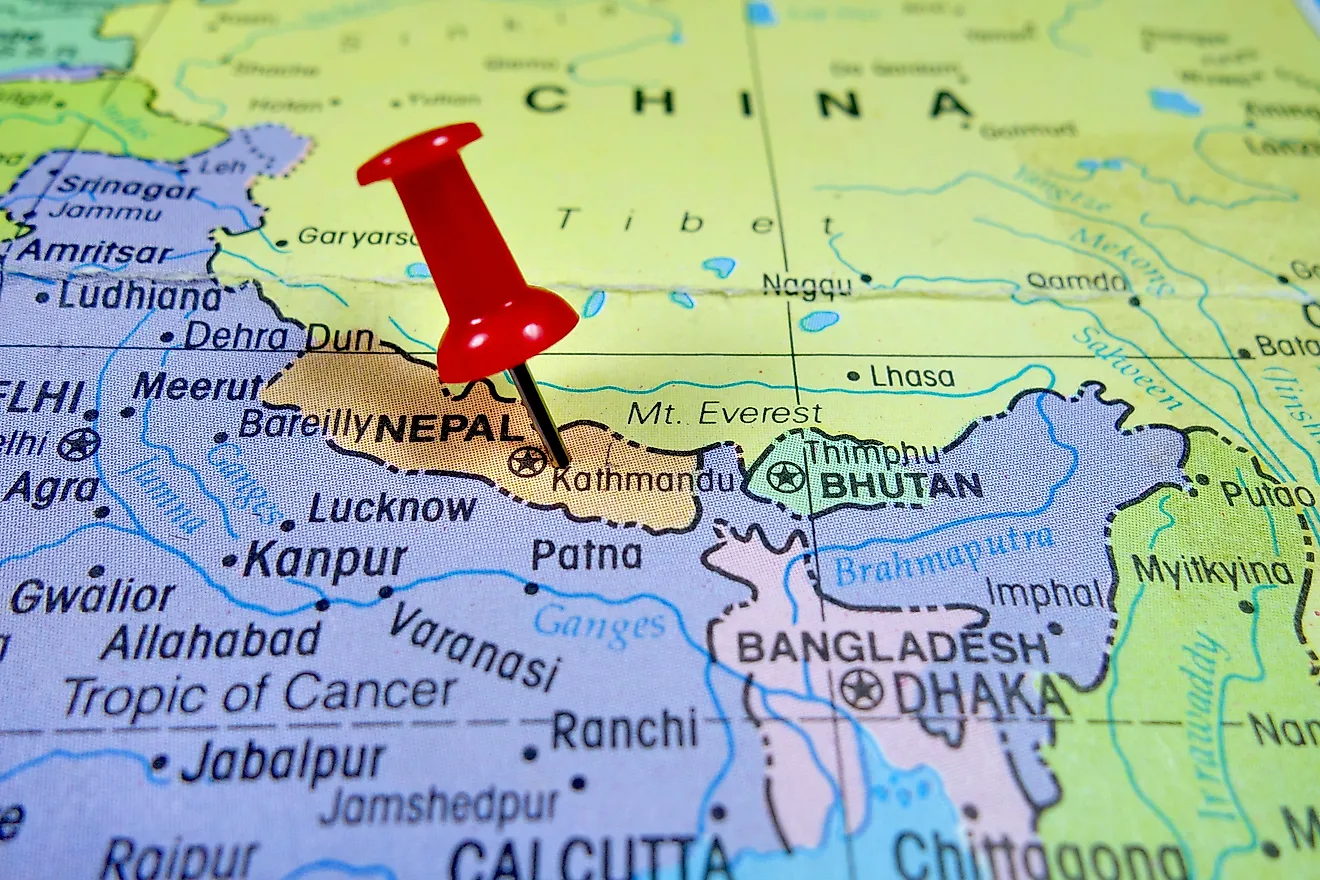
- A landlocked country is a country with no direct access to the ocean.
- There are 44 landlocked countries in the world.
- Three countries, Vatican City, San Marino, and Lesotho, are landlocked by just one country.
- Kazakhstan is the largest landlocked country in the world, while Vatican City is the smallest.
Put simply, a landlocked country is a country with no direct access to the ocean. Today, there are 44 countries that are landlocked. The smallest landlocked country is Vatican City, which is entirely surrounded by Italy. The largest is Kazakhstan, located in Central Asia. There are landlocked countries on every continent, except North America, Australia, and Antarctica.
Were The Landlocked Countries Always Landlocked?
Not all countries that are landlocked today were always landlocked. In many instances, countries have become landlocked due to armed conflict. One example of a country that once had direct access to the ocean, but which no longer has access is Bolivia, located in the central part of South America. Today, Bolivia is a landlocked country, surrounded by Chile, Peru, Brazil, Paraguay and Argentina. Before the Pacific War (1879-1883), however, Bolivia had a coastline on the Pacific Ocean. After the war, its former coastline was annexed by neighboring Chile, leaving Bolivia without an ocean coastline.
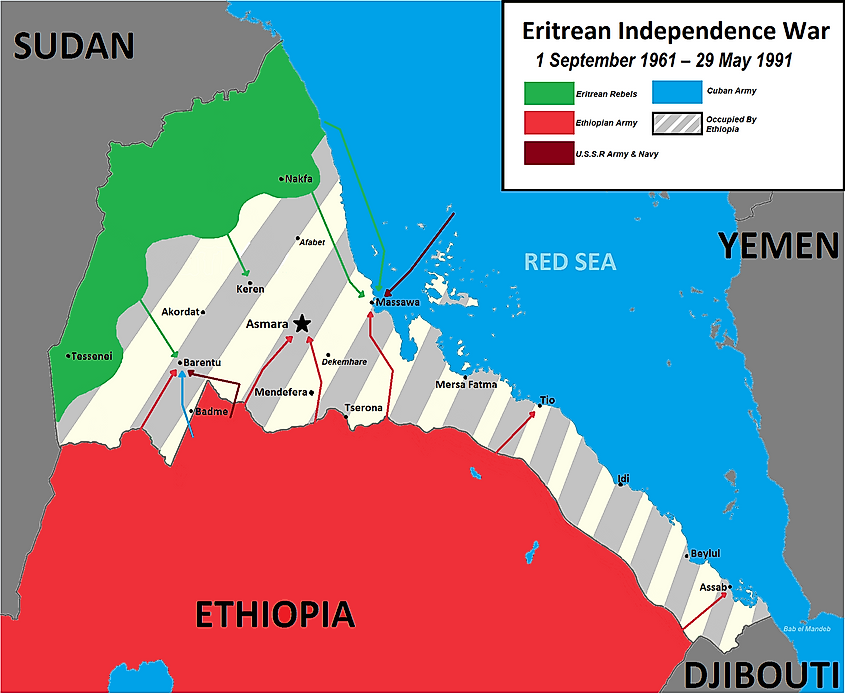
Another example of a country that was not always landlocked is Ethiopia, located in the Horn of Africa. Between 1961 and 1991, the Ethiopian region of Eritrea, located on the coast of the Red Sea, fought a war of independence against the Ethiopian government. The war ultimately climaxed with Eritrea breaking away from Ethiopia, leaving the former without direct access to the Red Sea.
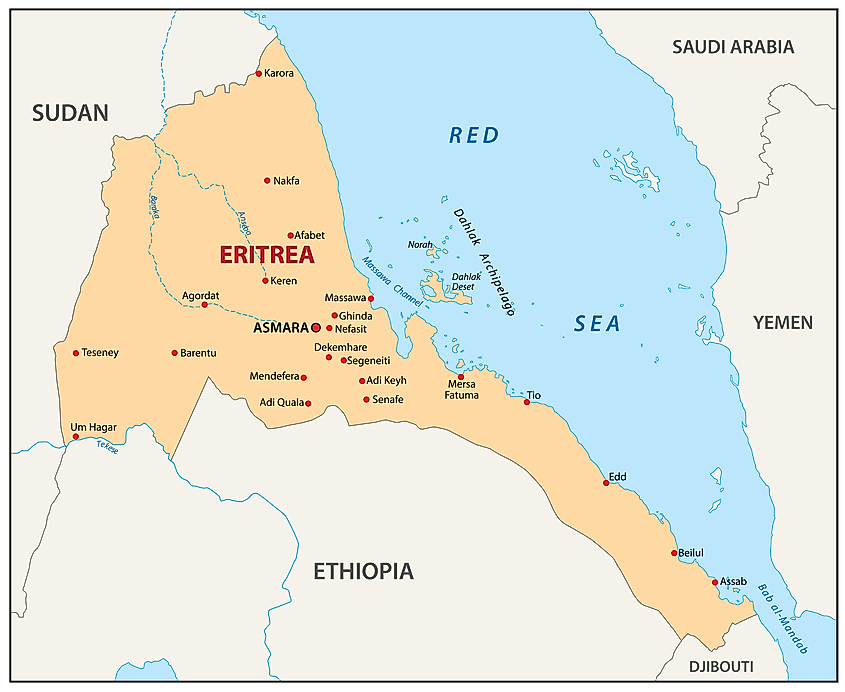
In some cases, countries that are presently landlocked once had direct access to the ocean as part of multinational empires that included them. Before the Soviet Union broke up, for instance, the currently independent countries of Central Asia, Kazakhstan, Uzbekistan, Kyrgyzstan, Tajikistan, and Turkmenistan all had direct, borderless access to maritime ports via the other parts of the Soviet empire that were not landlocked. Today, however, all of the aforementioned countries of Central Asia are landlocked, and must rely on the goodwill of their neighbors in order to access ocean trade routes.
Challenges Faced By Landlocked Countries
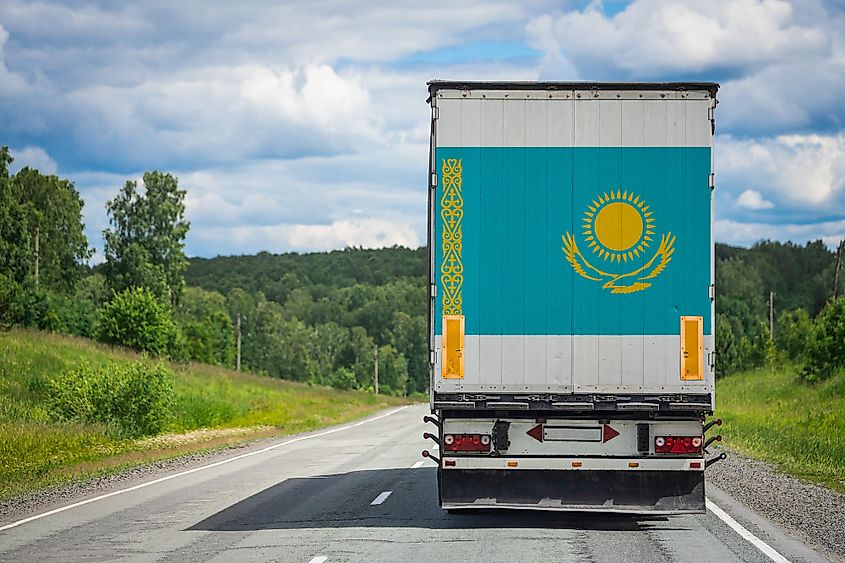
The main challenges that landlocked countries must contend with all have to do with trade. Since landlocked countries do not have access to maritime ports, they have no direct access to vital trade routes through which all types of goods pass. Developing countries in particular are vulnerable to their landlocked status. It is no coincidence that both human and economic indicators for landlocked countries are generally worse than for countries that are not landlocked. According to the World Bank, for example, it costs twice as much to ship cargo from a developing landlocked country, as opposed to directly from one of its neighbors that border the ocean or another major body of water that borders an ocean. More expensive shipping costs are routinely passed to the consumer, resulting higher prices for all types of goods.
One essential good affected by price increases due to shipping costs in landlocked countries is food. On average, food costs in landlocked countries are three times as high as in coastal countries. Making the food situation even worse for landlocked countries is the fact that many of them do not have much arable farmland, which means that it is more difficult to grow food, and thus food must be imported. The lack of arable land to grow food is exacerbated further by the effects of climate change.
Being a landlocked country means being dependent on neighboring countries with maritime coastlines on several levels. Firstly, a landlocked country is dependent on other countries for transportation infrastructure, which means if the other country or countries that a landlocked country depends on for the import and export of its goods has bad transportation infrastructure, it will be much more difficult for the landlocked country to conduct trade of any kind.
Landlocked countries are also dependent on countries with maritime borders in terms of political relations. If a landlocked country has poor relations with a country or countries that its imports and exports must pass through, that landlocked country is extremely vulnerable as the transit countries can make it harder or even impossible for goods to travel through their borders. The transit countries can take measures such as raising tariffs or even closing borders, cutting off their landlocked neighbors.
Another level of dependence that landlocked countries face is their dependence on the political stability of their neighbors. If there is civil strife in countries that landlocked states rely on as transit countries for their imports and exports, doing any kind of trade can be extremely difficult. Armed conflict in a neighboring transit country can, for example, lead to the destruction of transportation networks that neighboring landlocked countries rely on for trade, not to mention the fact that transiting through a country experiencing violent internal conflict is extremely dangerous.
Landlocked countries are also dependent on burdensome administrative costs and processes. Crossing international boundaries in order to get goods to and from landlocked countries leads to a lot of onerous paperwork and increased shipping costs. Having to get goods across international borders also leads to lengthy delays, which can severely affect shippers’ abilities to fulfill contract commitments.
Solutions To Problems
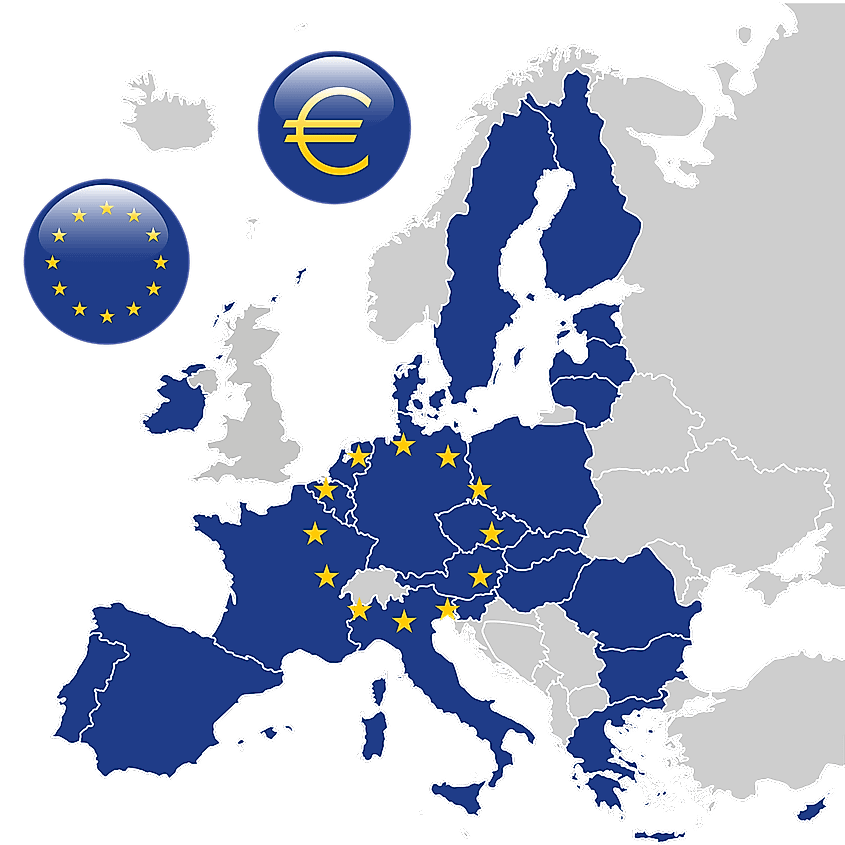
Clearly, countries without maritime borders face special challenges as a result of being landlocked. But there are ways to solve the specific problems that landlocked countries face. One solution is obvious, and involves landlocked countries building and maintaining good relations with countries that have maritime borders and serve as transit countries. If landlocked countries maintain good relations with transit countries, trade will flow more smoothly. Some landlocked countries in Europe, for example, have greatly benefitted from the increased economic and political integration of the continent under the auspices of the European Union, which has lowered administrative and customs barriers so that goods flow more freely around the continent, including to and from EU member states that are landlocked.
For the most part, however, countries around the world, landlocked or not, have not built up the amount of trust amongst each other that would lead to the type of integration apparent in the EU. Nevertheless, landlocked countries do need to find a way of cooperating with transit countries in order to improve their prospects for development. Simply cooperating to improve transportation infrastructure, or standardize administrative and customs procedures, for instance, can go a long way towards making prosperity for landlocked countries easier to achieve.











